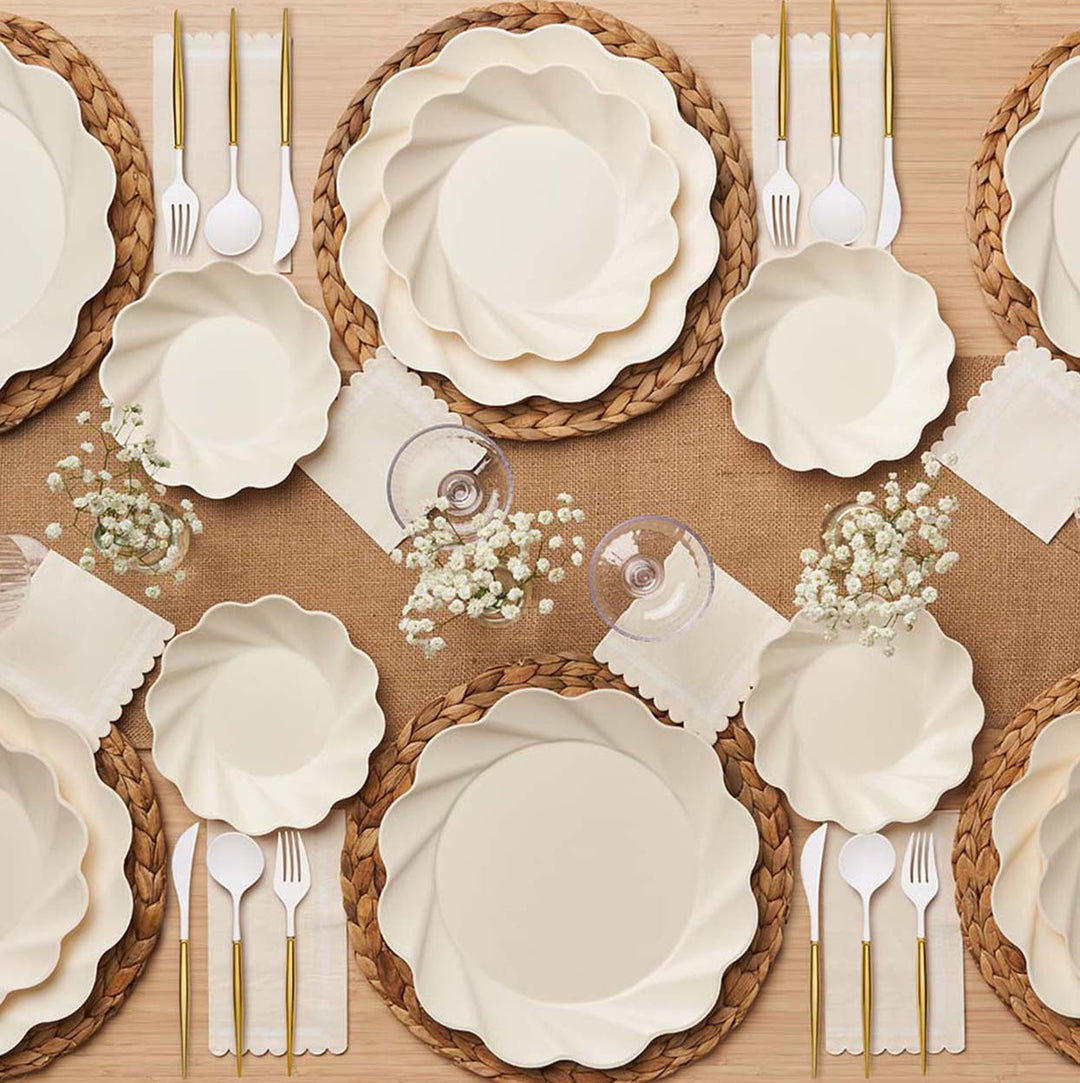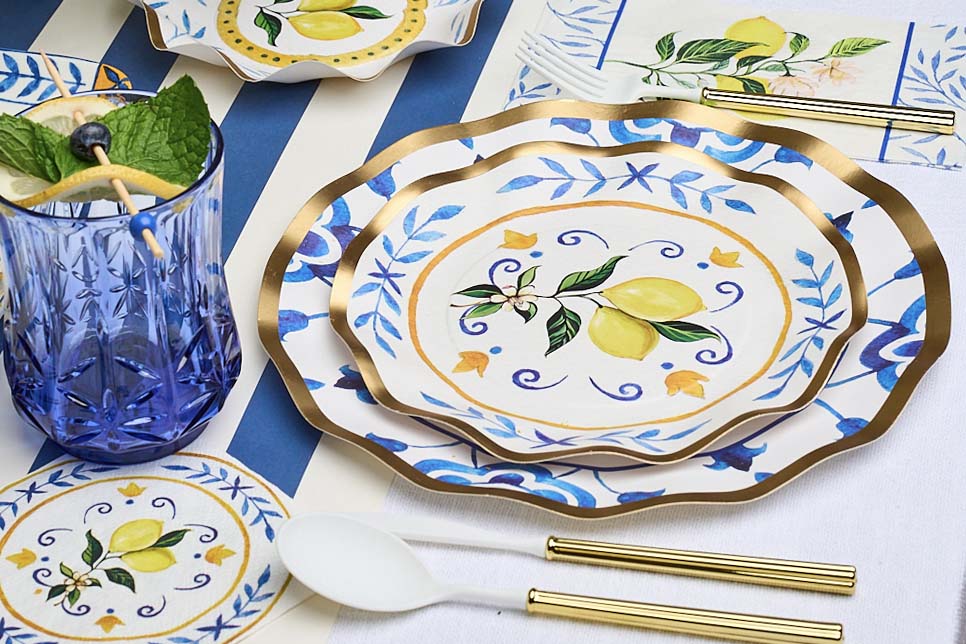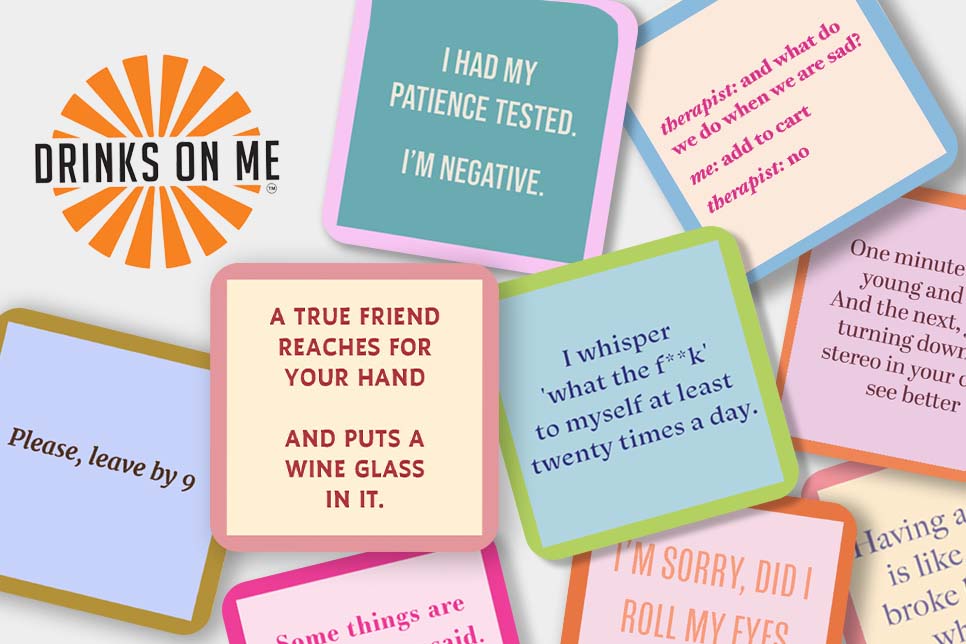What Is the Best Type of Wood for a Pizza Peel?
Whether you’re a professional pizza maker or a beginner ready to make your first pie, a pizza peel is a must for an authentic pizza-making experience.
While pizza peels come in several materials, wood has been used for centuries and remains the industry standard. But just as there are thousands of species of trees, there are more types of wood for pizza peels than we can comfortably count.
To help you choose the best type of wood for your next pizza peel, we compiled this brief guide on the most (and least) popular choices. And if you need a primer on what a pizza peel even is, we got your back, too!
Read on to find out what a pizza peel is and how to use one, the best and worst types of wood, and how to make your wood pizza peel last you for ages.
What’s a Pizza Peel Again?
If the word “peel” threw you off, you’re not alone!
Unlike fruit and vegetable peels, a pizza peel is a spade-shaped tool used for getting pizzas in and out of the oven. It’s very likely that the term came from the French word pelle, which stands for “shovel.”
A pizza peel has a large, flat base and a long handle. When you’re ready to place your pizza in the oven, all you have to do is sprinkle a bit of flour on the pizza peel and put the uncooked pizza on top. With a little wrist action, you can deposit the pizza in the oven—preferably on a pizza stone.
You would also use a pizza peel to get the cooked pizza out of the oven. Reaching into the oven with your hands is risky business, which is why the long handle on the pizza peel is so useful.
Pizza peels come in a few materials. However, our favorite material is wood. Why? Well, if you’re anything like us, you want to get the most use out of your kitchen tools. A high-quality pizza peel can double as a serving board for a charcuterie spread and even be used as kitchen decor.
Fun Facts About Our Favorite Material: Wood
While it’s important for the things in your kitchen to be pretty, the appearance of wood isn’t the only reason we love it so much.
Here are some of the reasons wood is the best material to bring into your kitchen:
- Wood has natural antimicrobial properties, which prevents harmful bacteria and viruses from thriving on its surface
- Wood is porous, which means that it absorbs moisture from the foods that come into contact with it—an important factor when working with wet and sticky pizza dough
- Wood doesn’t conduct heat as readily as metal and can withstand high temperatures without reacting with food
- Wood is a biodegradable material and will decompose in the environment, unlike man-made synthetic materials
We could go on and on about the benefits of wood compared to other materials. But now that we’ve (hopefully) convinced you of its benefits, let’s talk about the type of wood you should pick for your next wood pizza peel.
The Best Types of Wood for a Pizza Peel
When it comes to kitchen utensils, there are two broad categories of wood: softwood and hardwood. The latter tends to be more dense, resilient, and visually striking—so, it’s the type generally used in kitchen tools.
There are literally hundreds of hardwoods to choose from. However, there are only a few that are clearly the best choices for a wood pizza peel.
Here are some of our favorite ones:
Maple
This type of wood ranges from creamy white to light yellow in color, giving it a clean and smooth appearance. Because it has especially small pores, Maplewood absorbs less moisture and traps fewer bacteria.
While both hard and soft varieties make for a great pizza peel, hard maple tends to be more scratch-resistant, making it the industry standard in wood types.
Black Walnut
While black walnut is a hard and dense wood, it’s not as resistant to impact as maple. However, what gives it an advantage over the other types of wood is its chocolate brown color, which not only looks stunning but is much more likely to resist serious stains.
Beech
Beech is a type of wood comparable only to maplewood in its hardness: it can withstand a huge amount of impact from physical damage, high heat, and water.
Similar to Maplewood, beech has small pores that help it to resist bacteria. However, just like Maplewood, beech is light yellow to pink in color, which can make staining a bit of a problem.
Teak
Teak is a tropical tree species, which makes it a little more expensive than our other choices. It’s probably one of the most recognizable types of wood thanks to its dark yellow to orange tone with brown streaks. It stains a lot less than the lighter-colored woods.
Teak holds up very well to impact, although not as well as maple or beech. And unlike our other favorite wood types, teak has fairly large pores, which make hygiene slightly more of a problem than we’d like it to be.
Bamboo
Fun fact: Bamboo is technically considered grass. Nonetheless, we decided to include it as a favorite wood for pizza peels.
Because bamboo is so easy to grow, it’s relatively inexpensive and, most importantly, eco-friendly. Plus, it has some porosity, anti-microbial properties, and hardness similar to the woods we mentioned above. This makes it a solid choice in our book.
The Worst Types of Wood for a Pizza Peel
As we mentioned above, there are tons of wood species from which to choose. While we listed a few of our favorites, you’re certainly not confined to those choices.
If you want to do a little more browsing for a wood pizza peel, the sky's the limit. However, let’s look at a few that you should definitely avoid:
Ash
Ashwood should be avoided because it’s highly porous, making it much more likely to trap bacteria inside. While some porosity is good, too much of anything is always a bad thing.
Oak
Similar to ash, oakwood is not the greatest choice of wood for a pizza peel because of its high porosity, despite its high popularity. Plus, it has a high level of tannins, which can chemically react with metal to create a dark purple stain on your pizza peel.
Pine
Pinewood is not only a softwood that is less likely to stand the test of time, but it might also infuse your food with its strong pine flavor that you definitely didn’t ask for!
Anything Toxic or Irritating
Very few woods are actually toxic. And even if they were, manufacturers would certainly not use them for making pizza peels. However, it’s possible for some woods to be irritating for sensitive individuals.
While the manufacturing process usually gets rid of potential wood allergens, it’s still a good idea to be aware of any potential sensitivities you might have. That way, if you come across an exotic wood, you’ll feel safe using it in your kitchen.
How To Care for a Wood Pizza Peel
If you own a wood cutting board, you know that it needs to be taken care of in a special way. In the same way, there are things you must do to keep your wood pizza peel looking and working great for a long time—as it’s meant to.
It’s important to follow the proper cleaning instructions for wood. If you can only follow one rule, then it should be to never throw your wooden pizza peel in the dishwasher! The combination of moisture and heat can cause some serious warping and even cracking.
The best way to clean a wood pizza peel is to hand wash it using warm water and lots of soap. For extra sanitation, you can submerge it for a few minutes in a water-and-vinegar solution. Just make sure to dry your pizza peel in a ventilated area.
To keep your wood pizza peel from cracking, make sure to hydrate it regularly. Apply mineral oil to a clean pizza peel and let it dry for a few hours. Repeat this process every two to three months for best results.
If you care for your wood pizza peel, a high-quality one should last you up to a decade!
So Many Pizza Peels To Choose From
A high-quality pizza peel can truly elevate the pizza-making experience. As our favorite material for the kitchen, we think that Maplewood is the best choice for this fun tool. Now that you know what makes it endure for ages, all you have to do is pick out your perfect design—and for that, Sophistiplate always has your back!
Sources:
How Many Tree Species Are There? | Science














